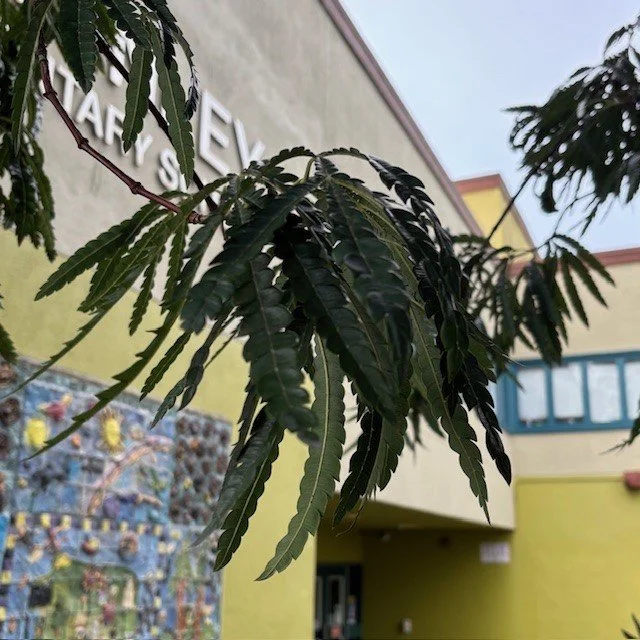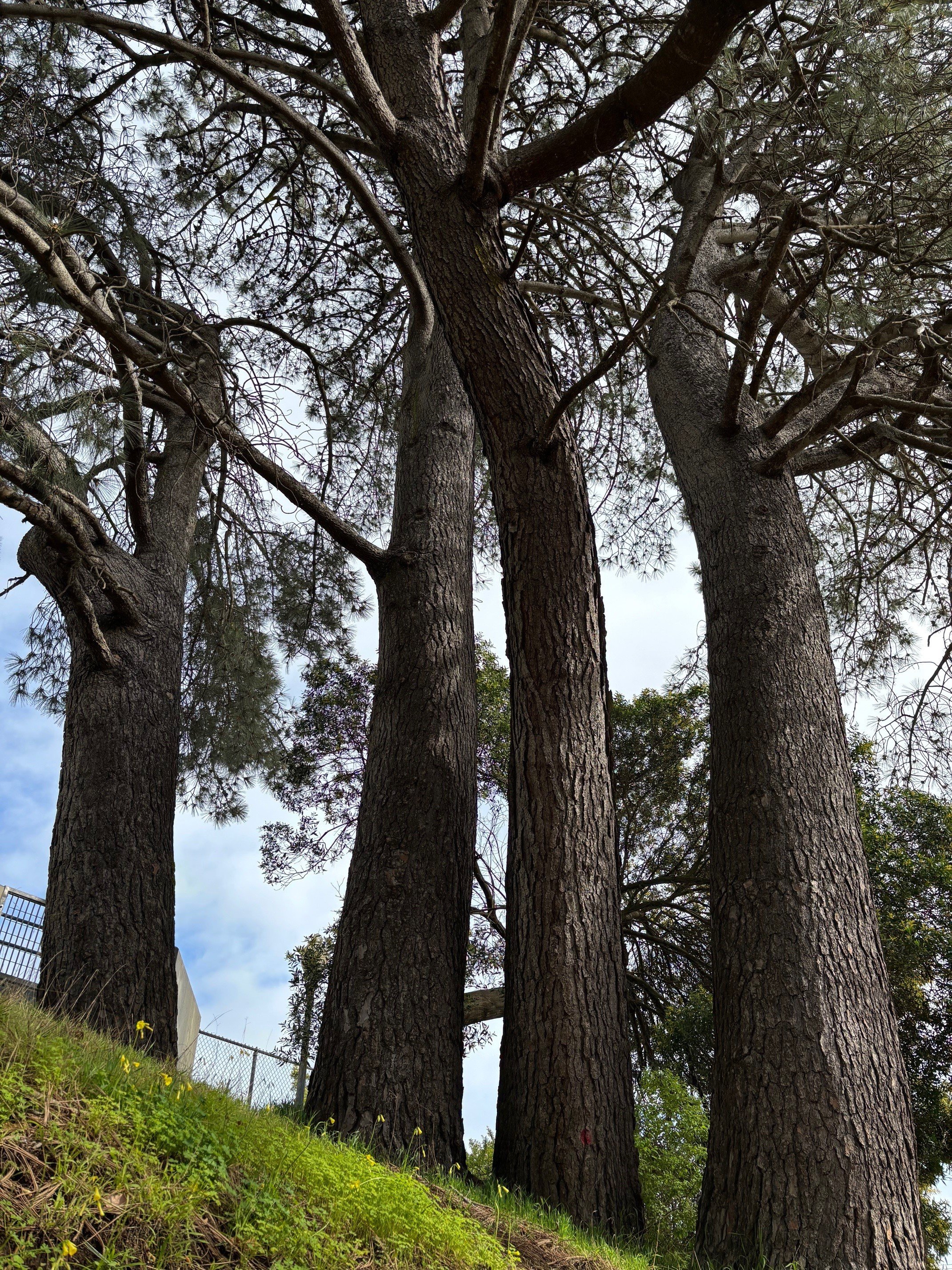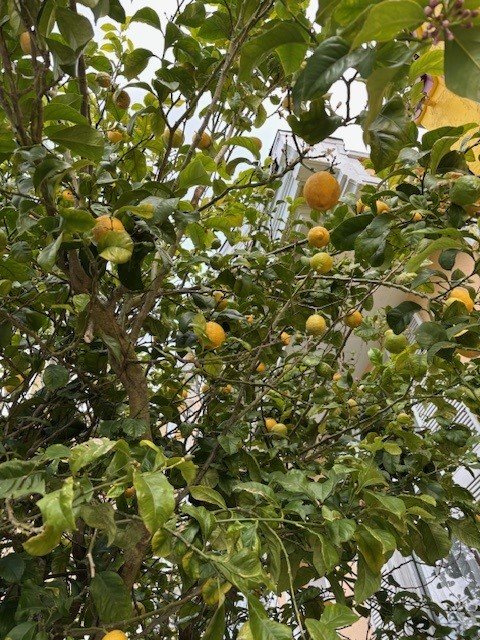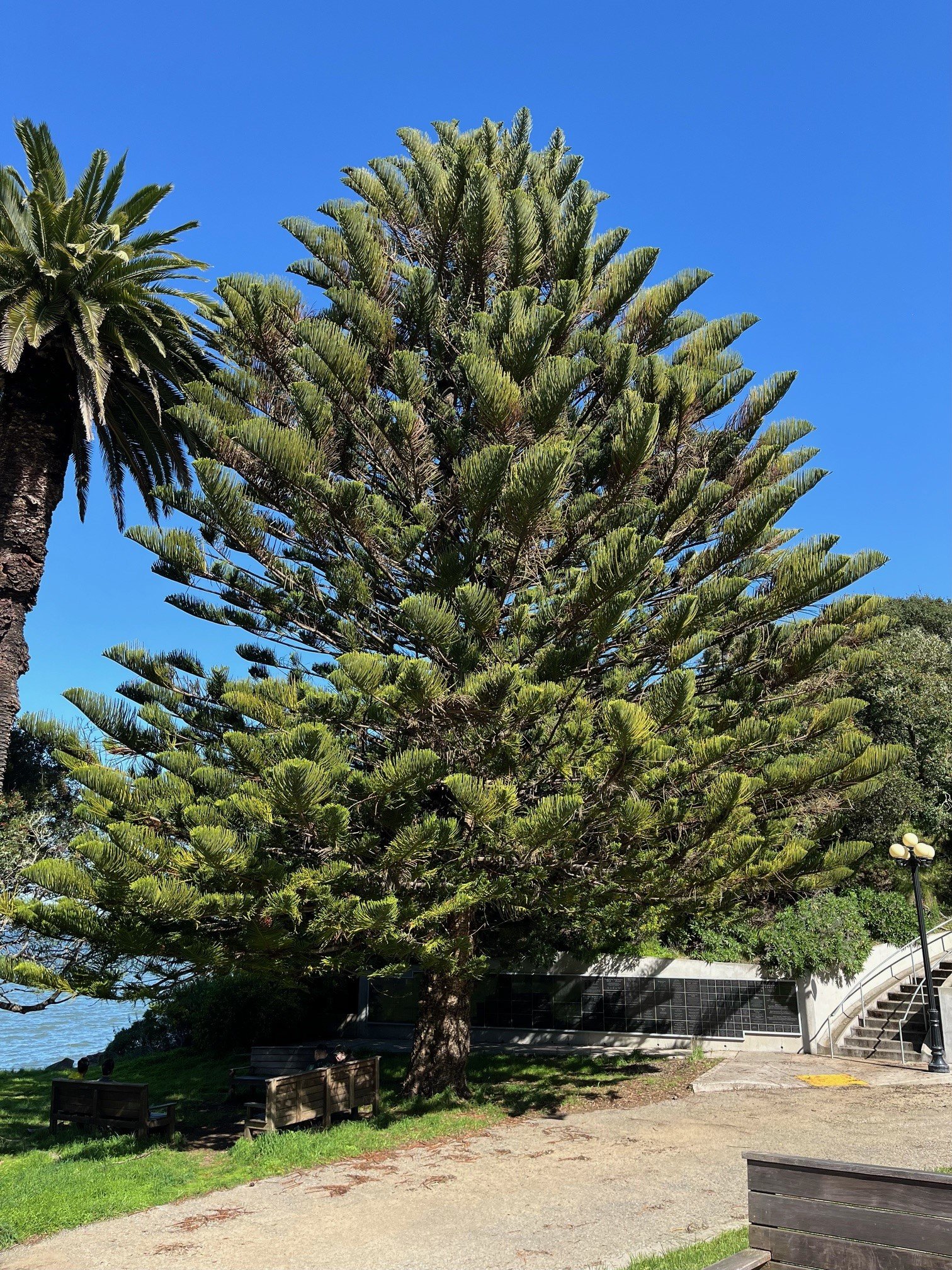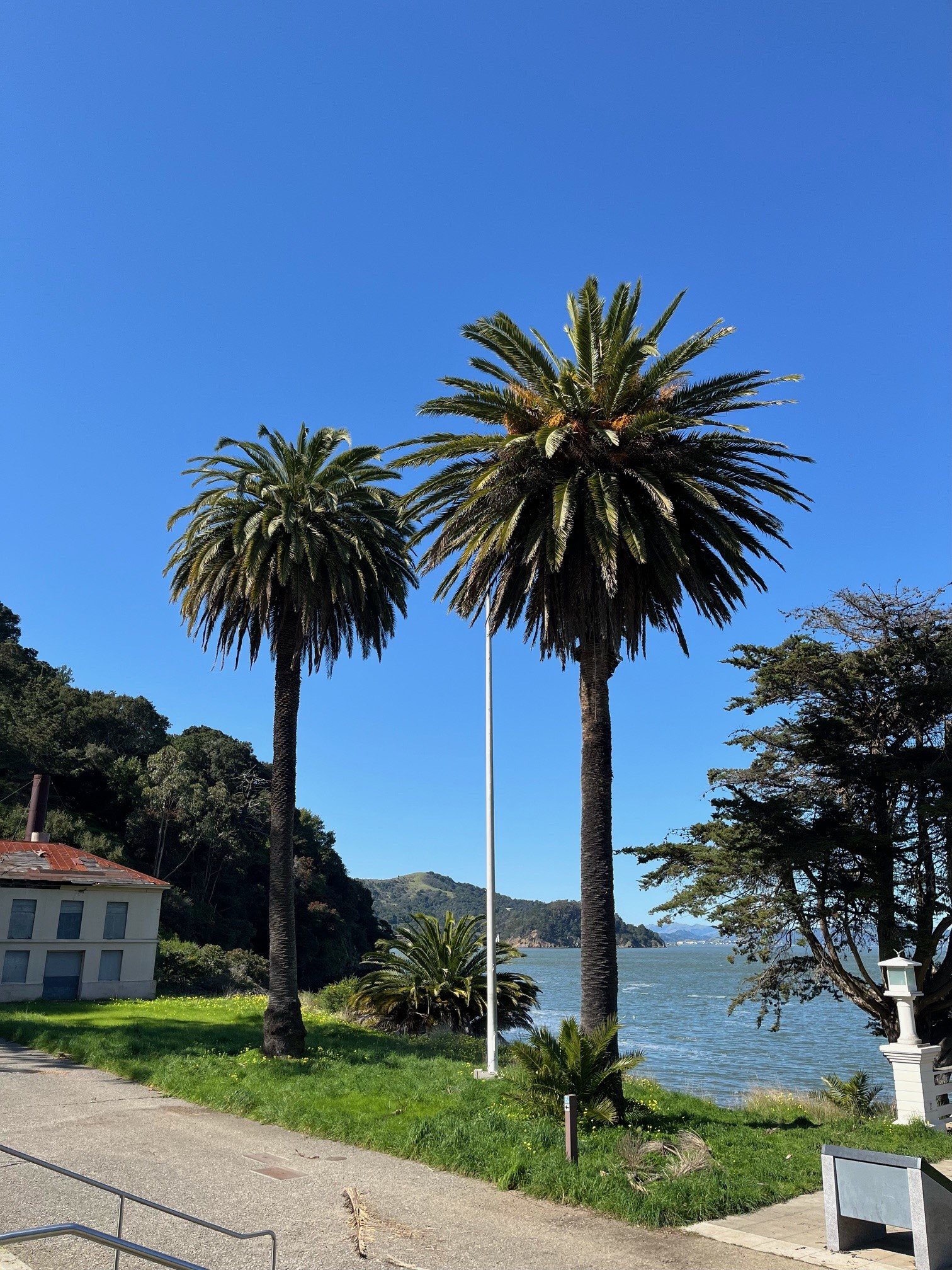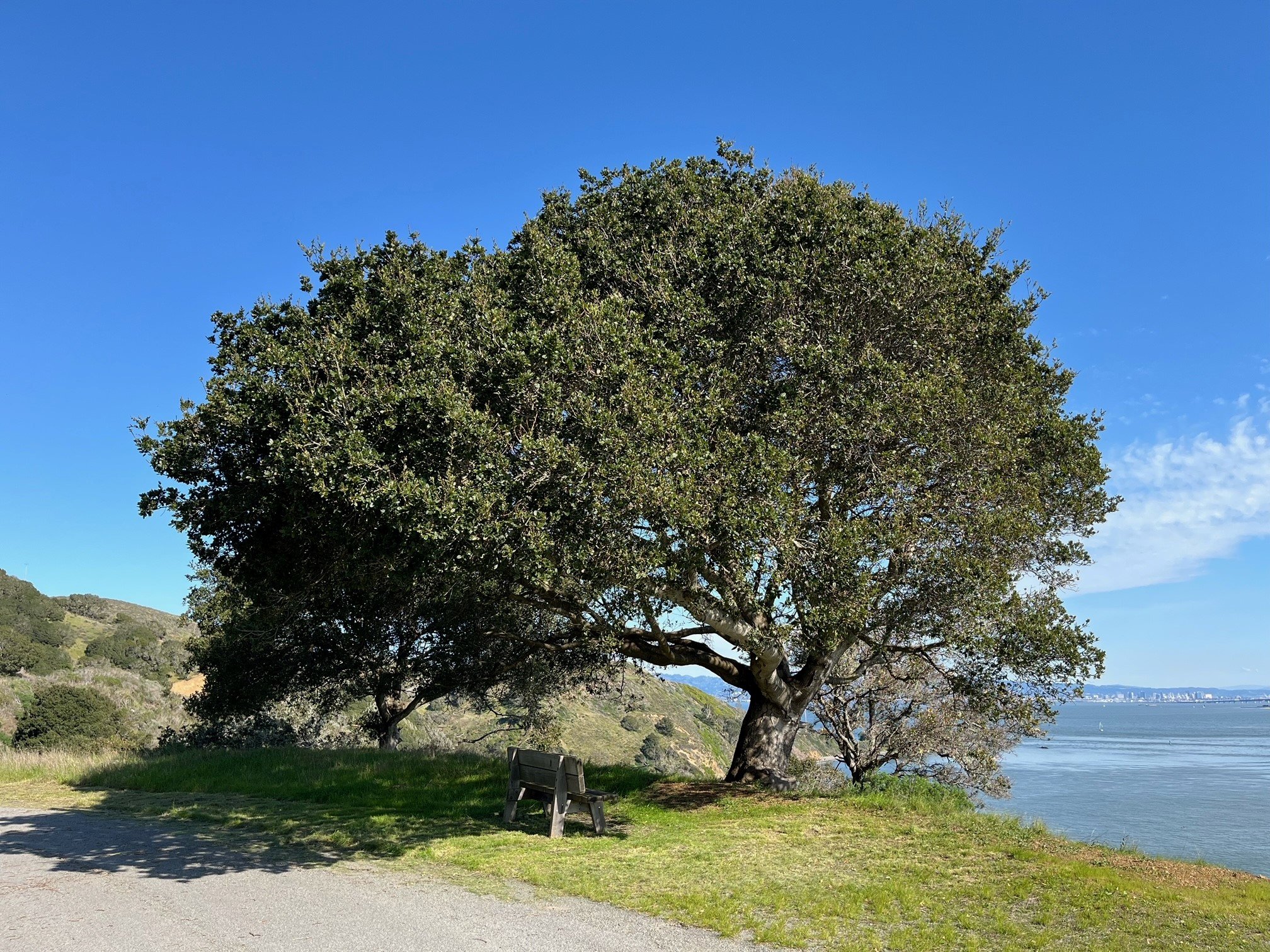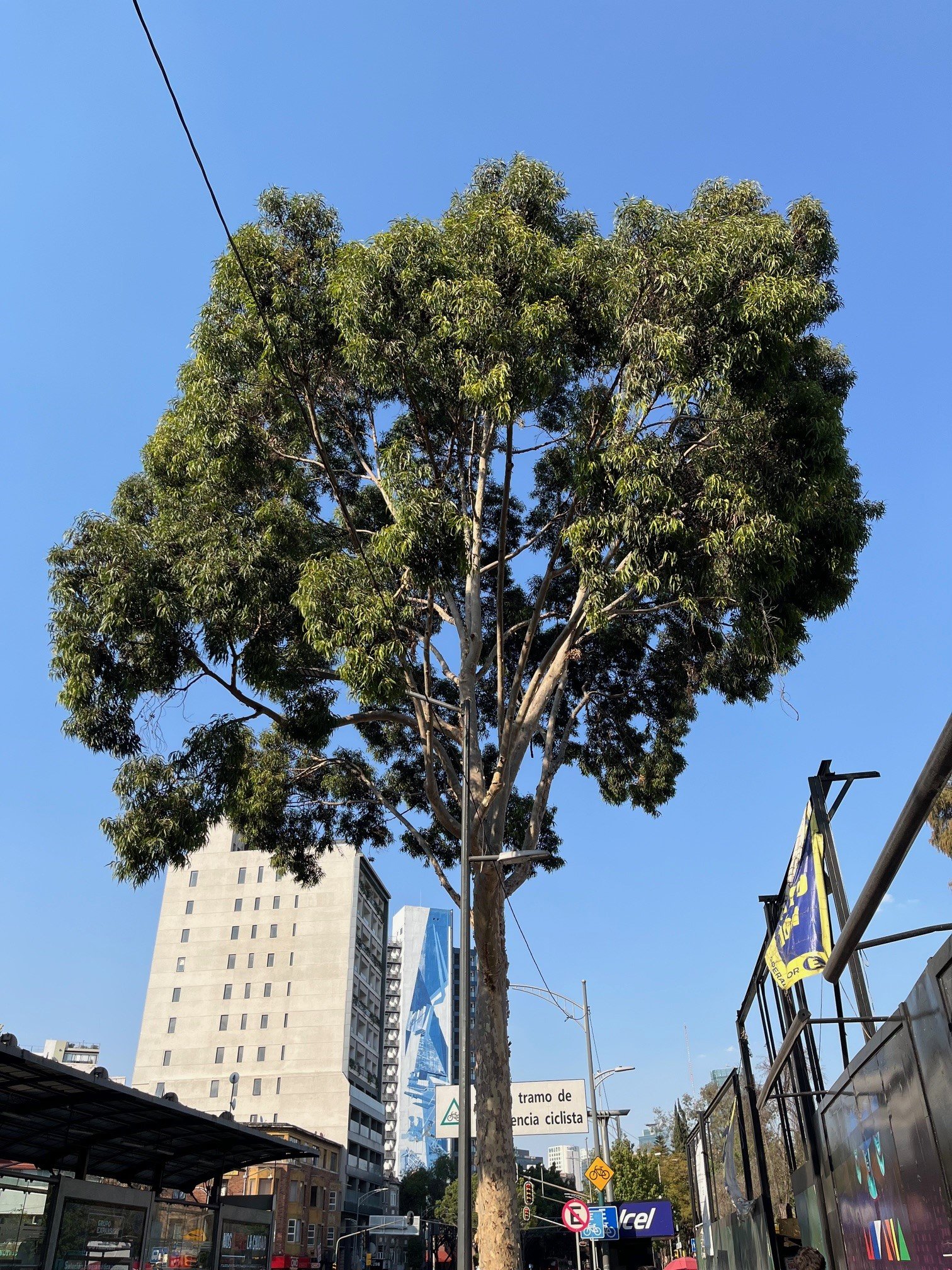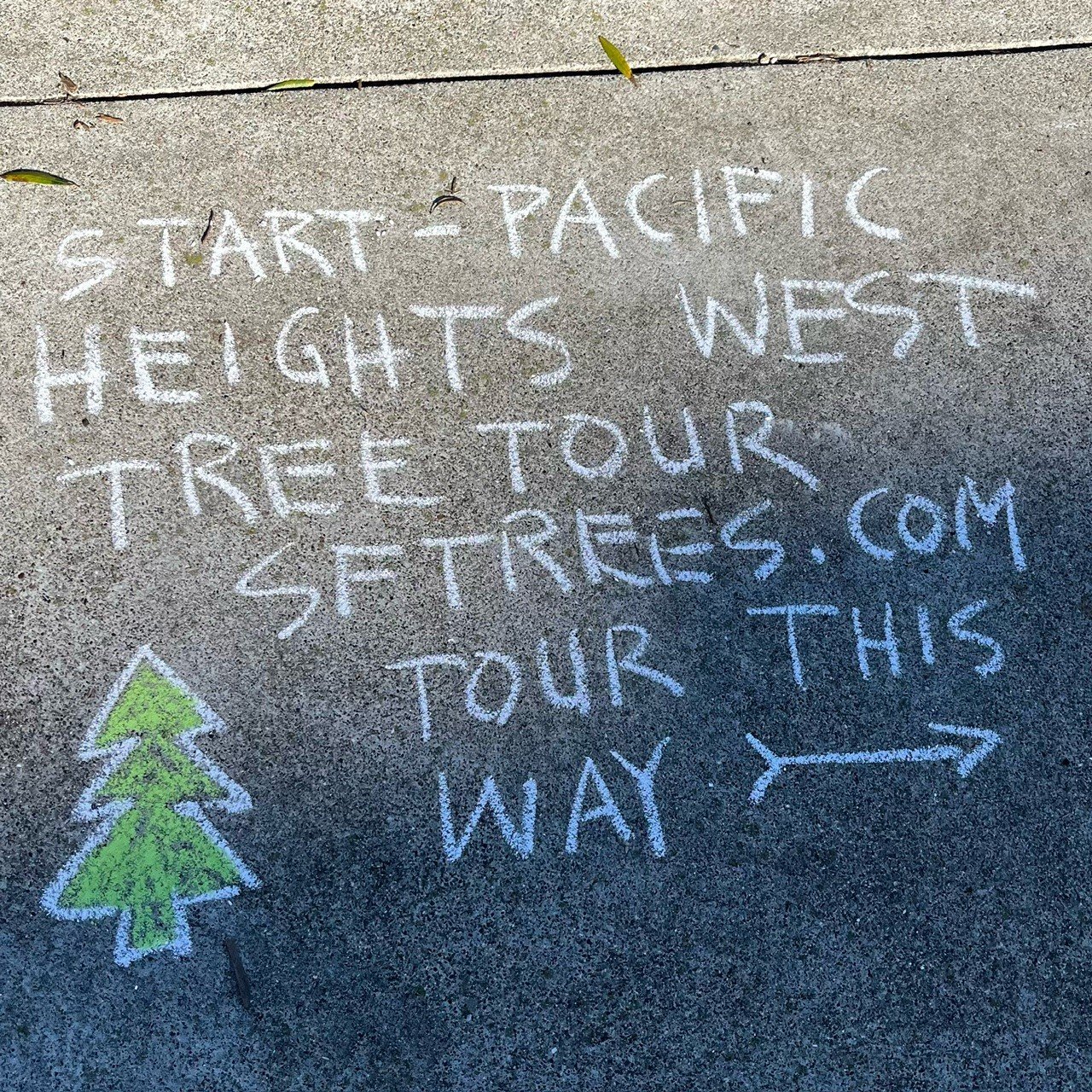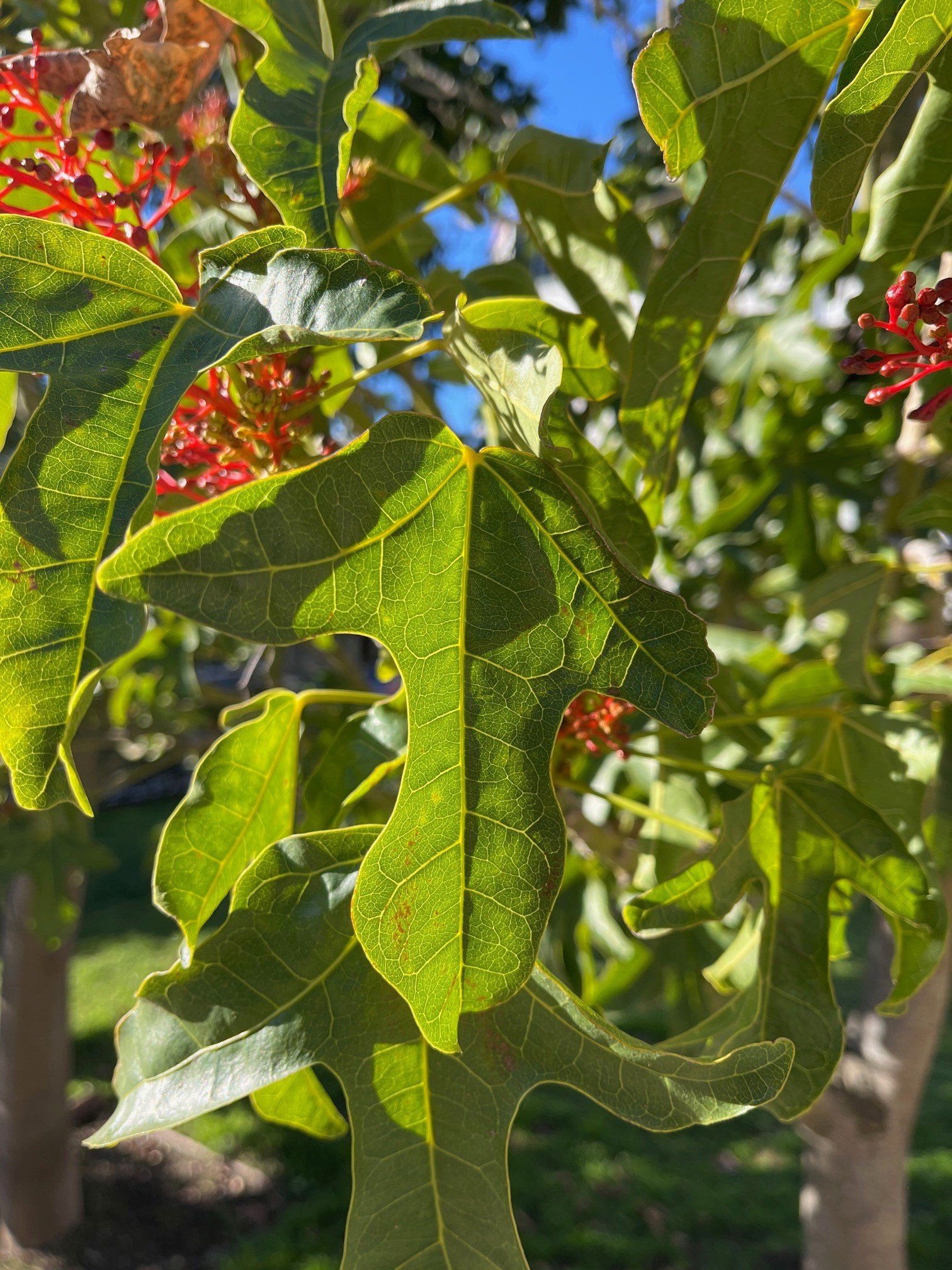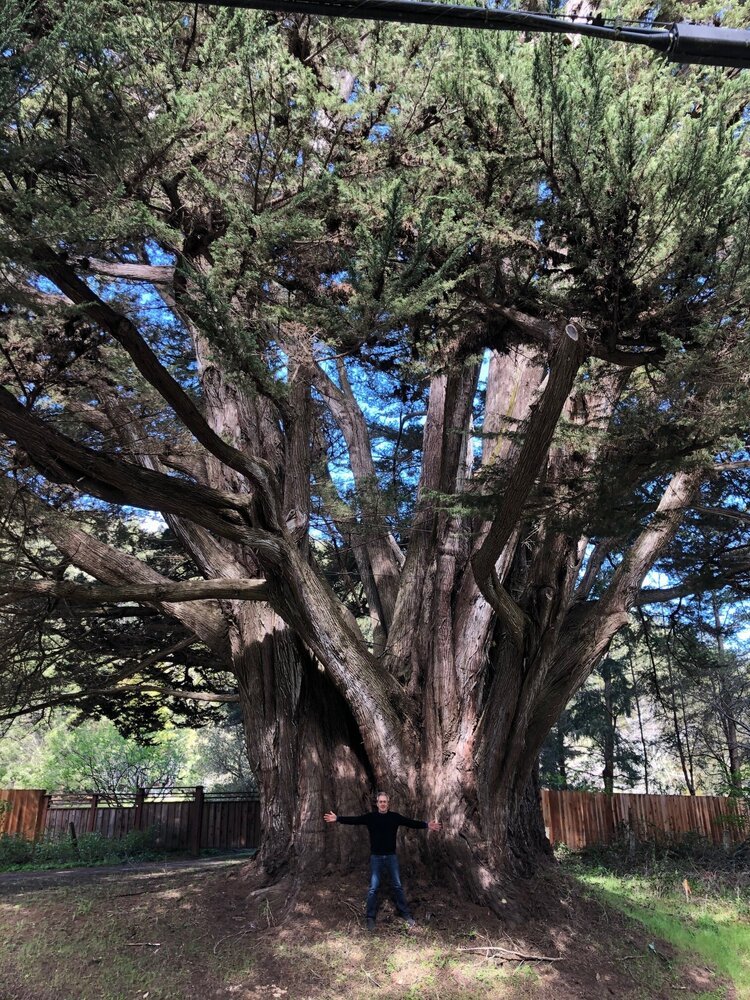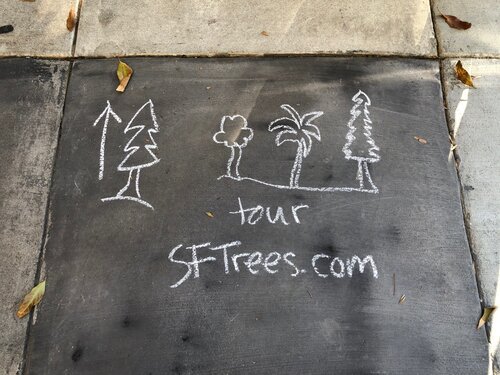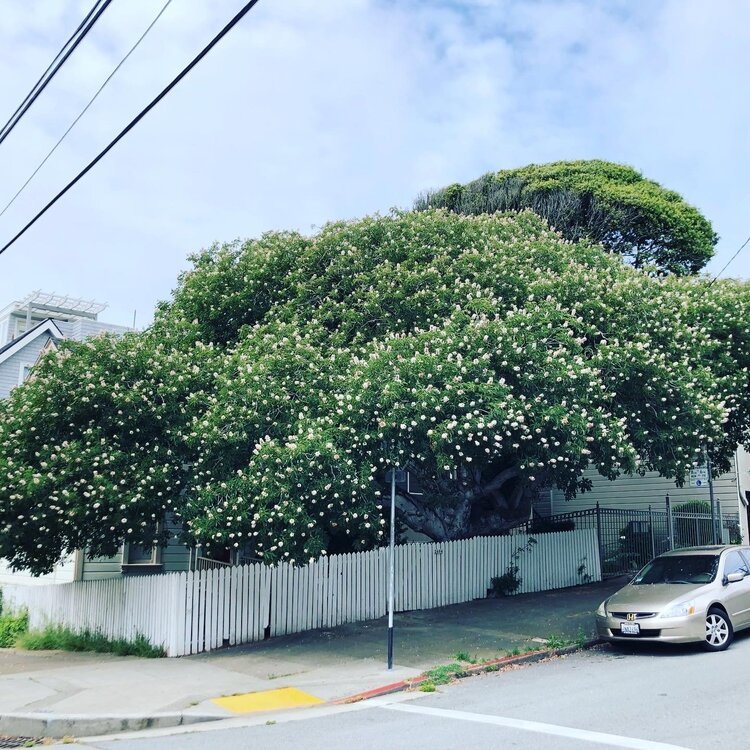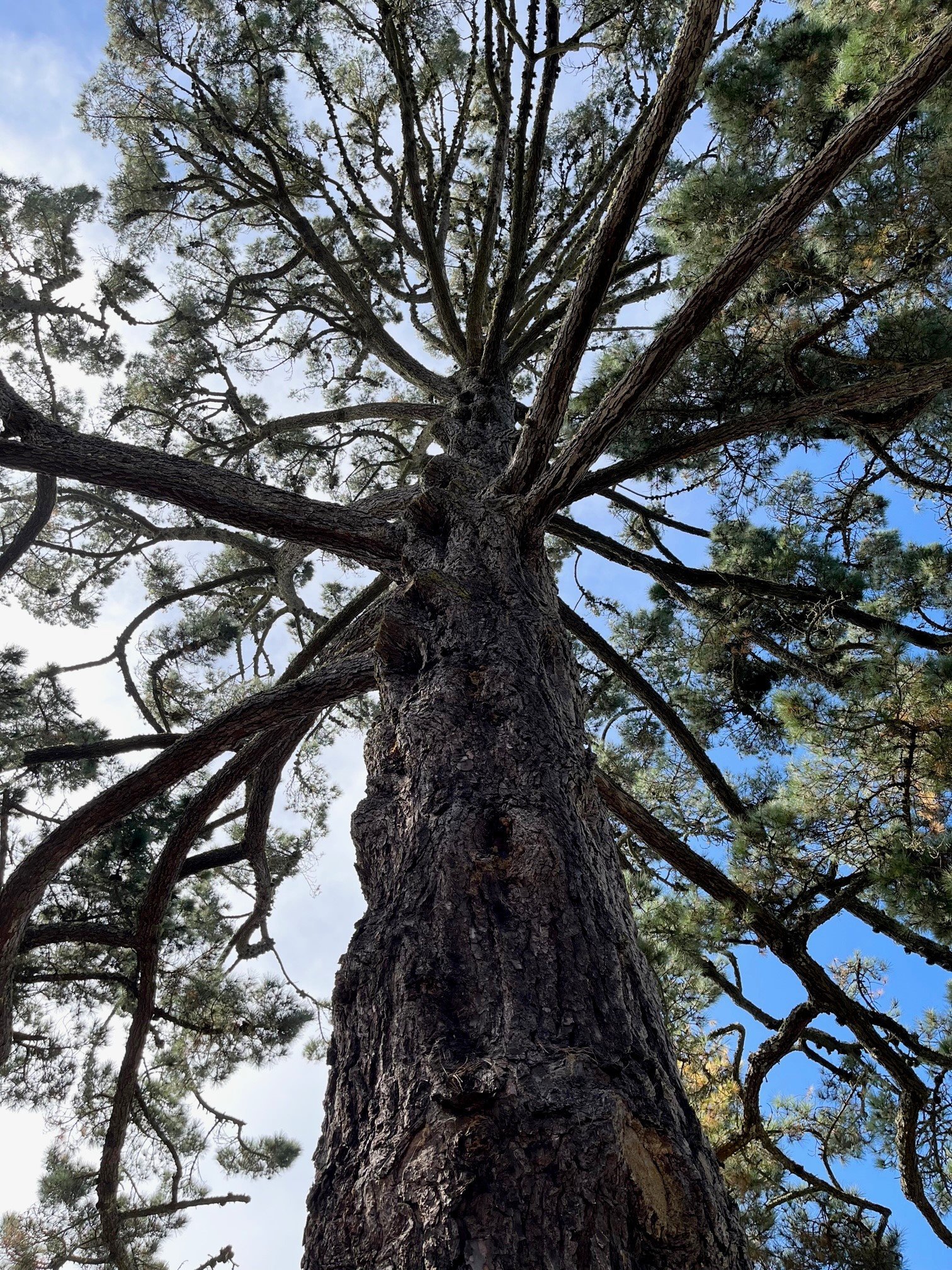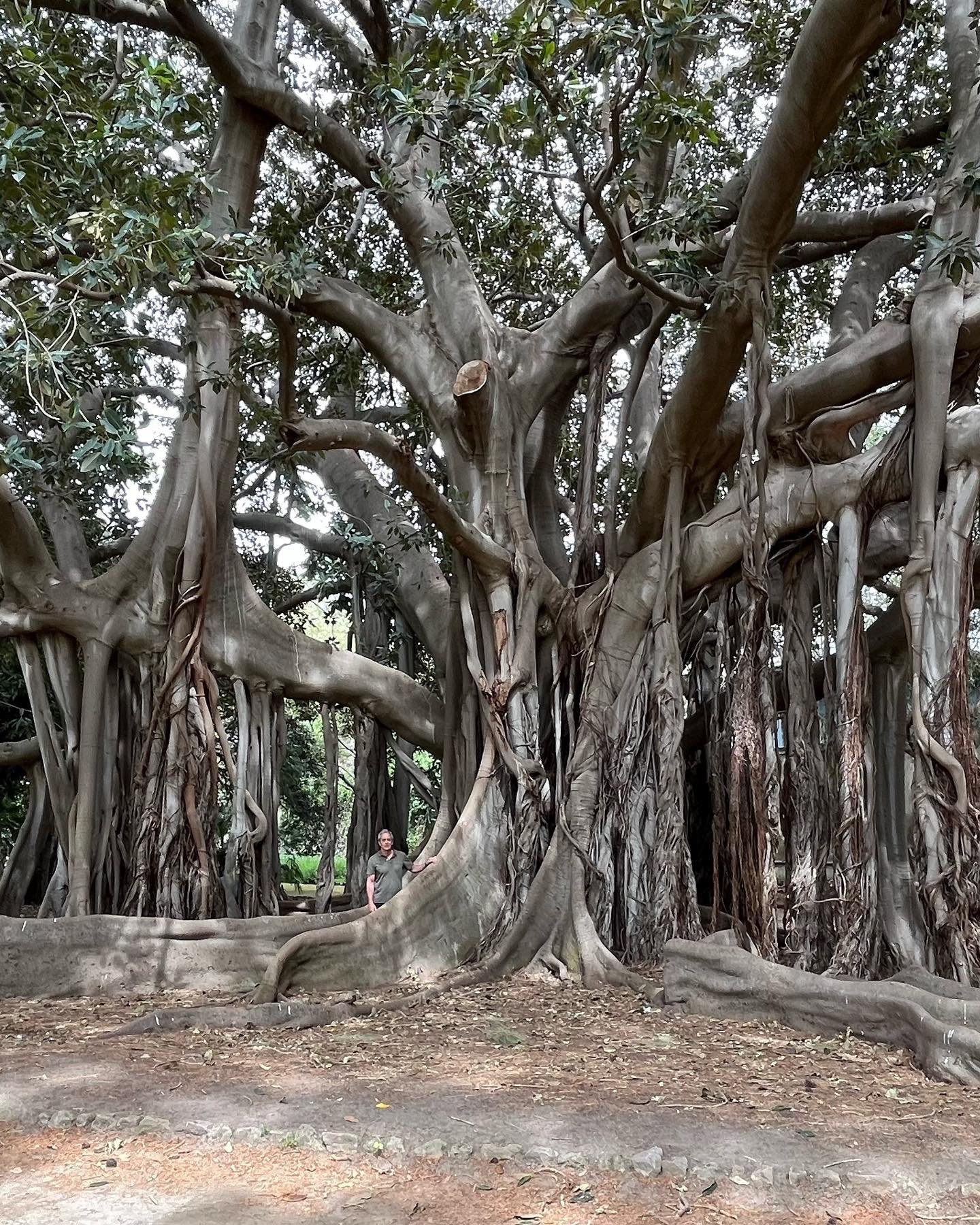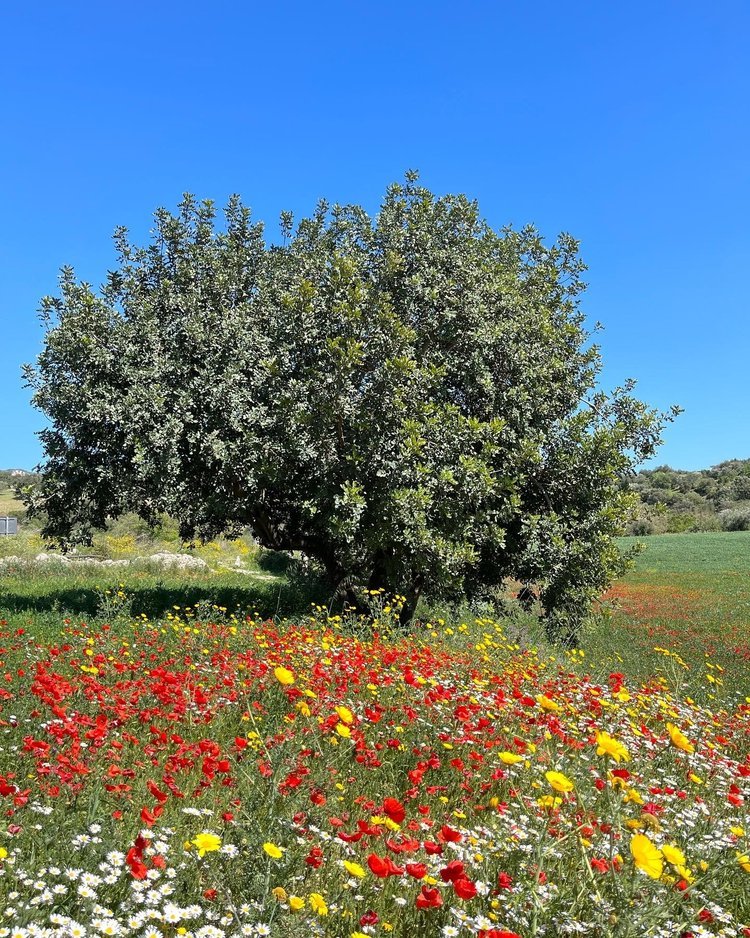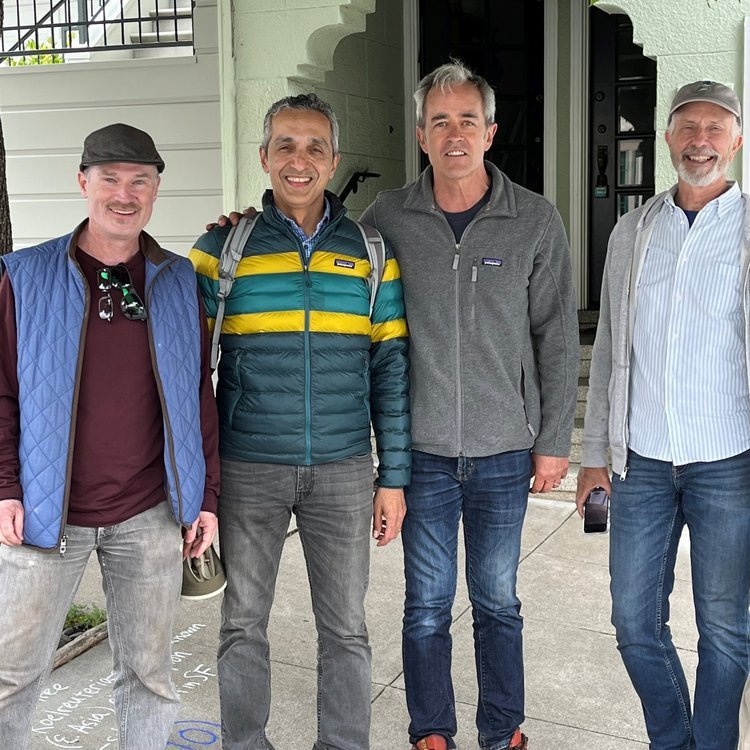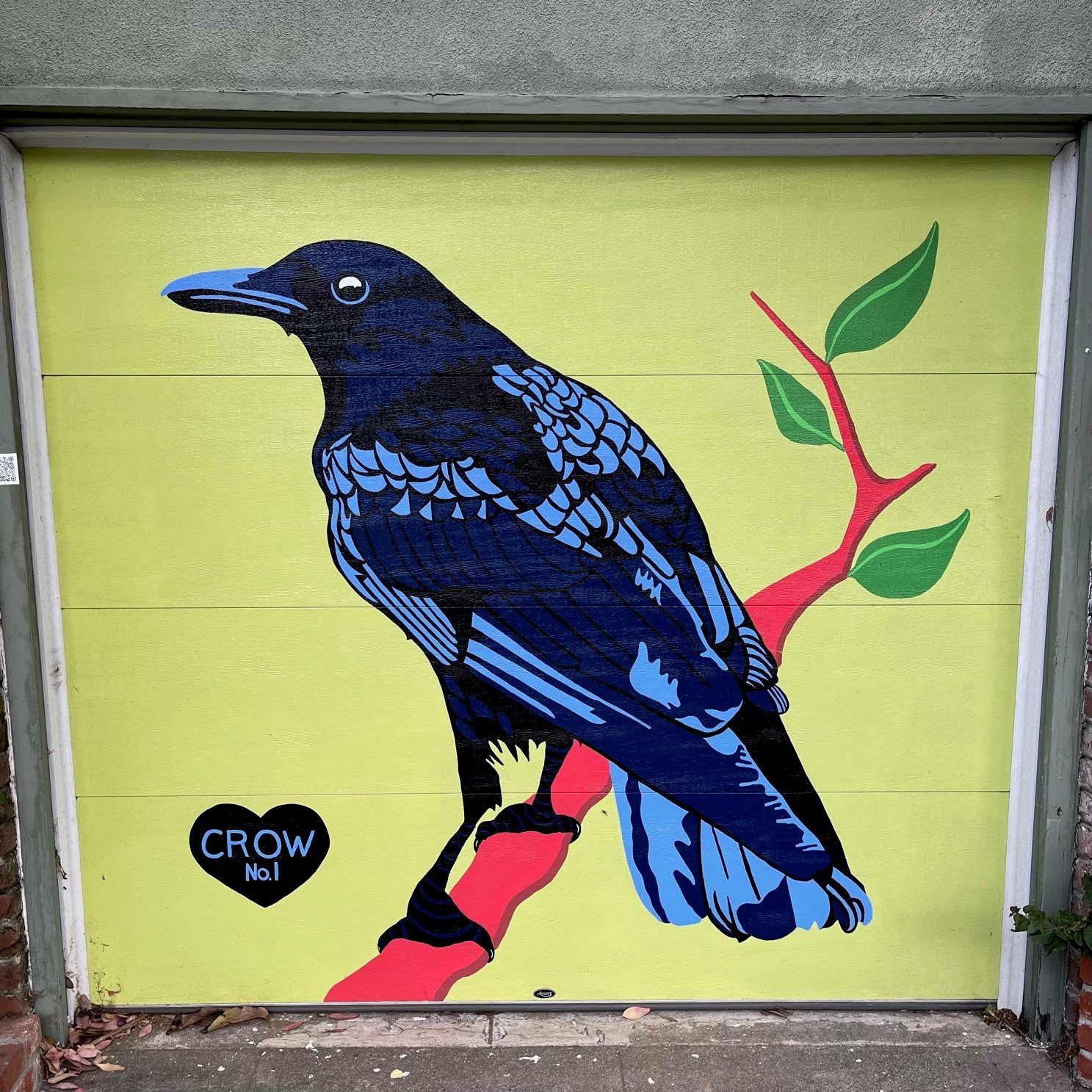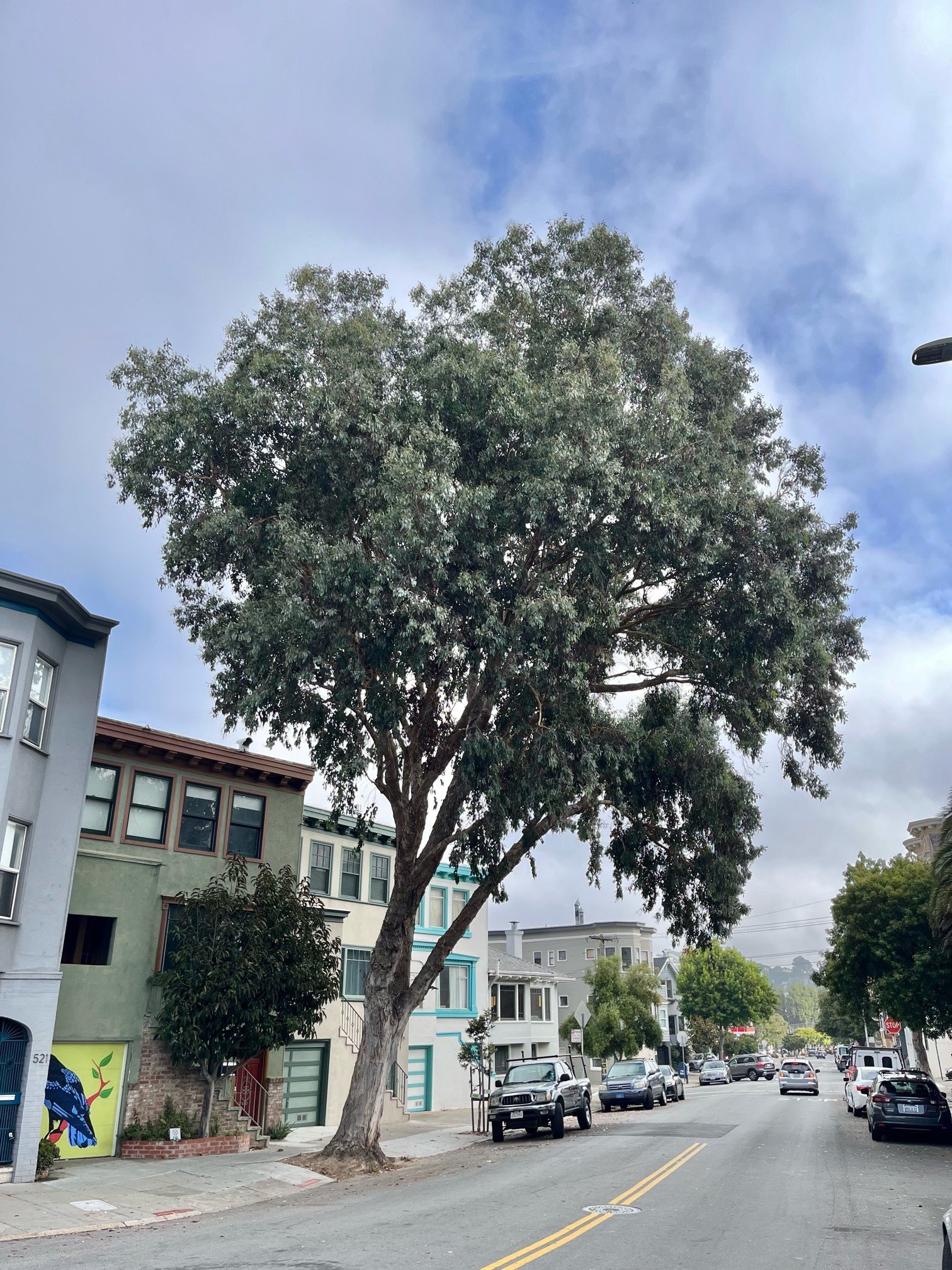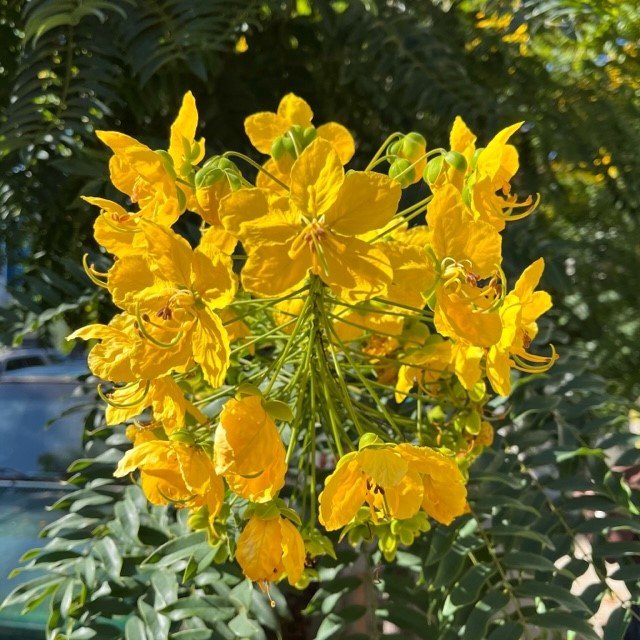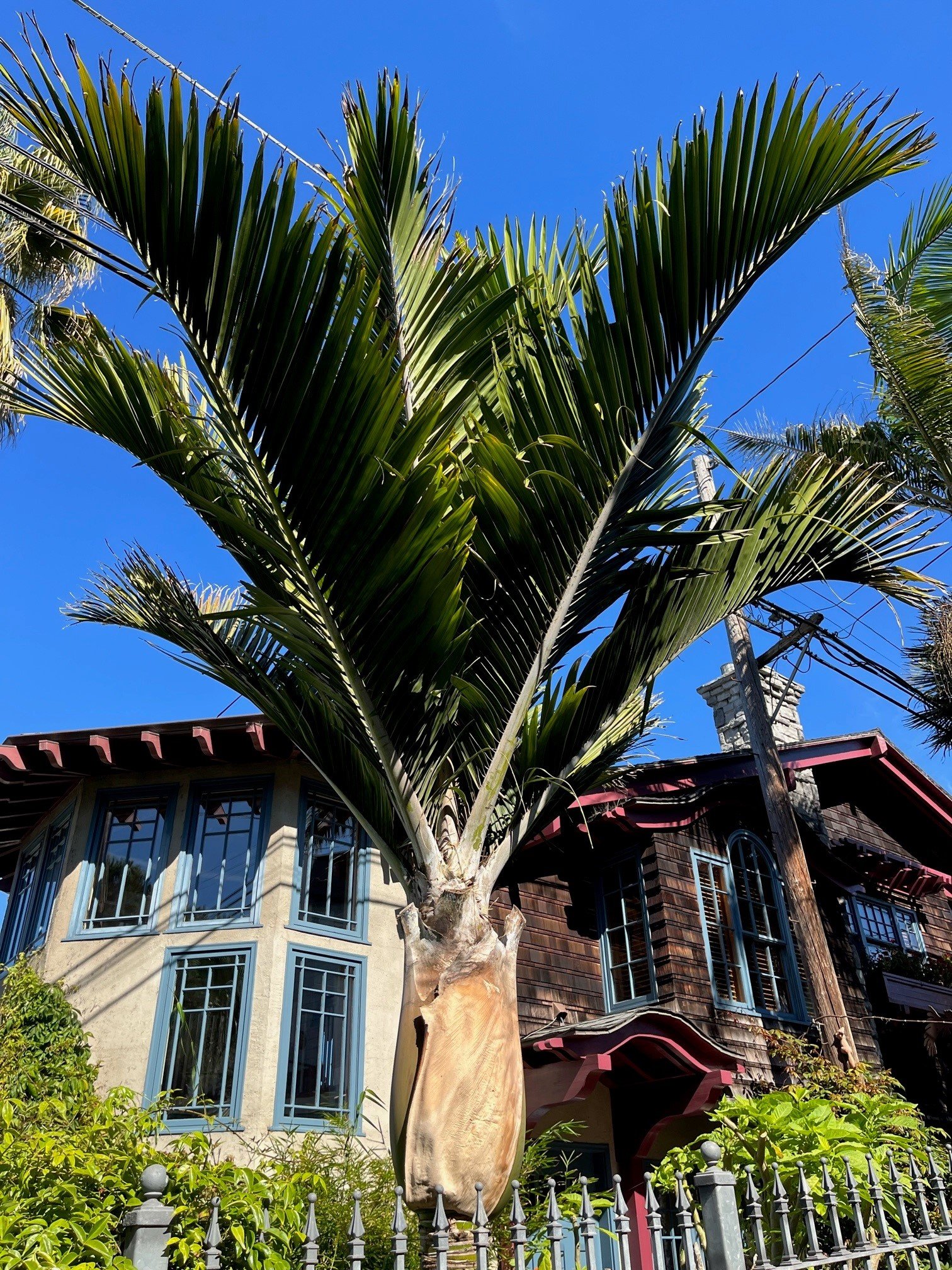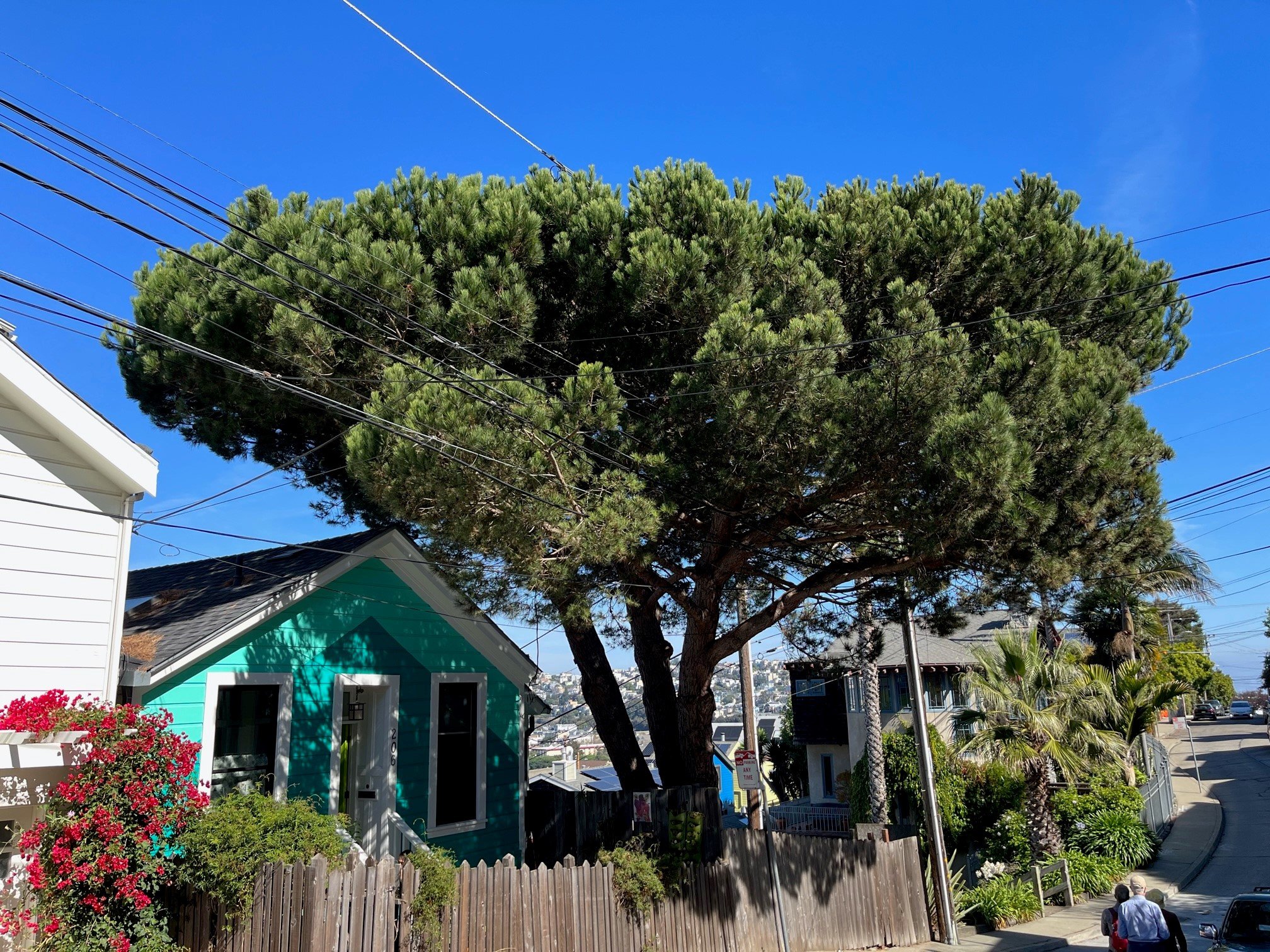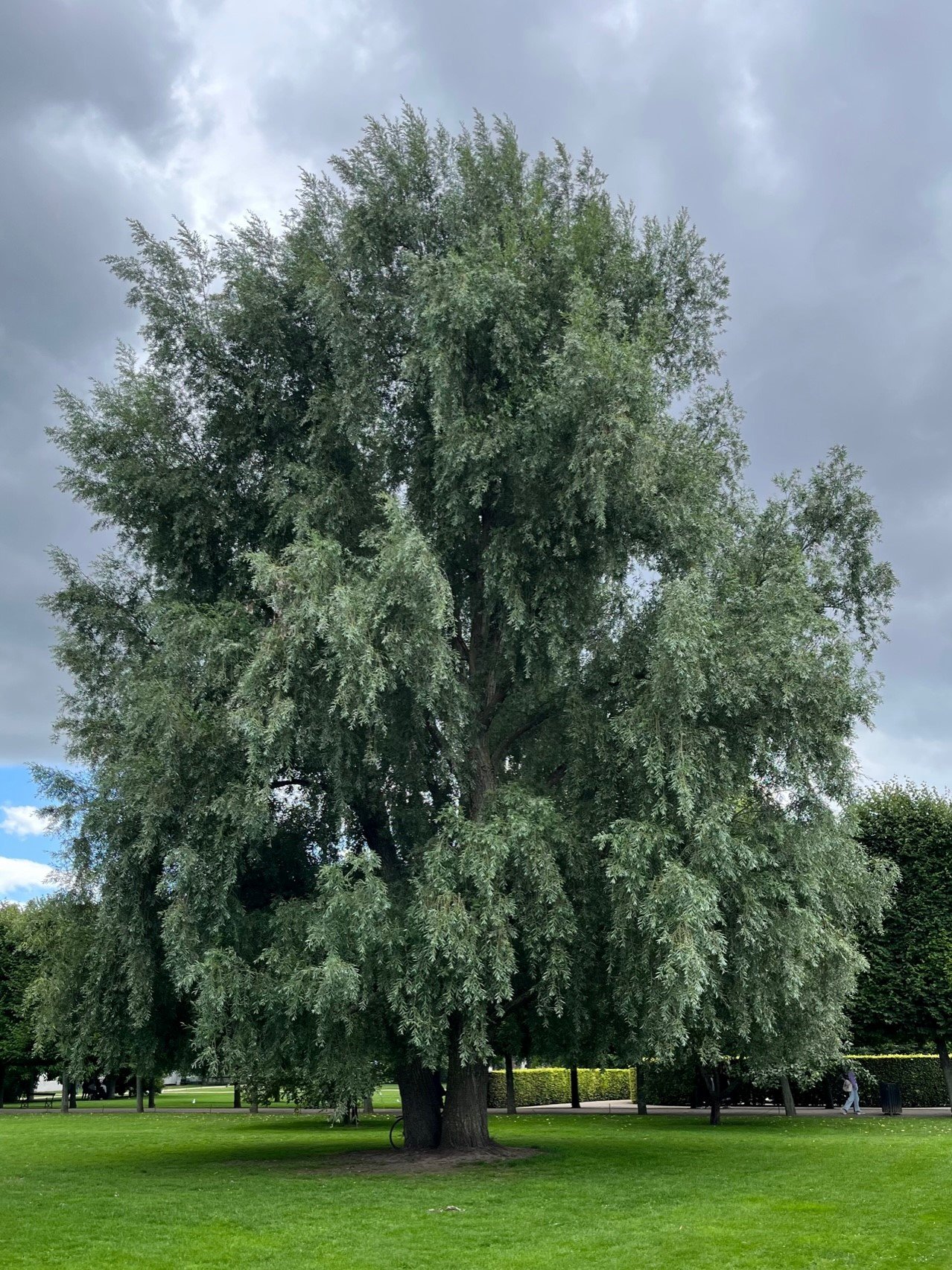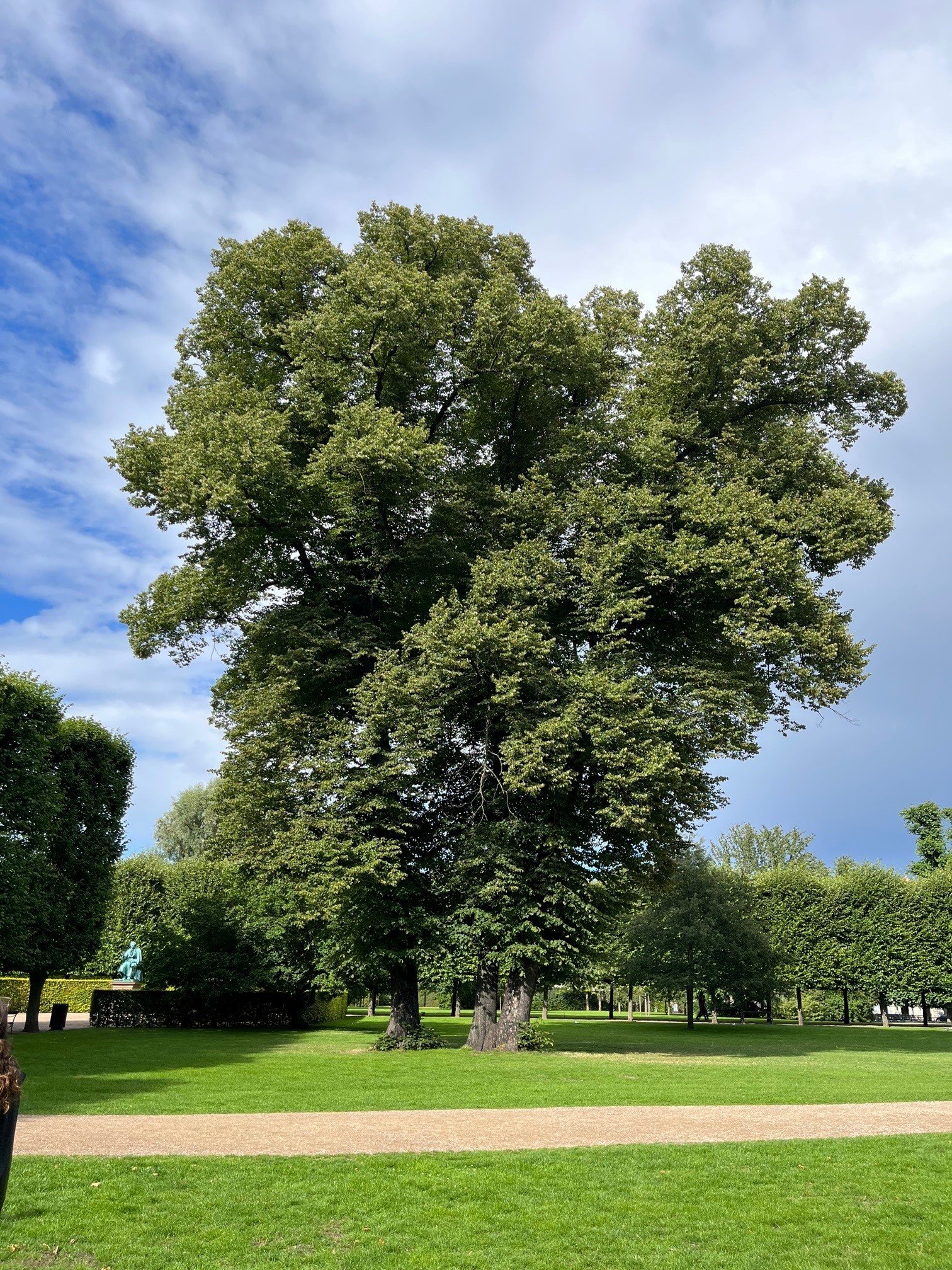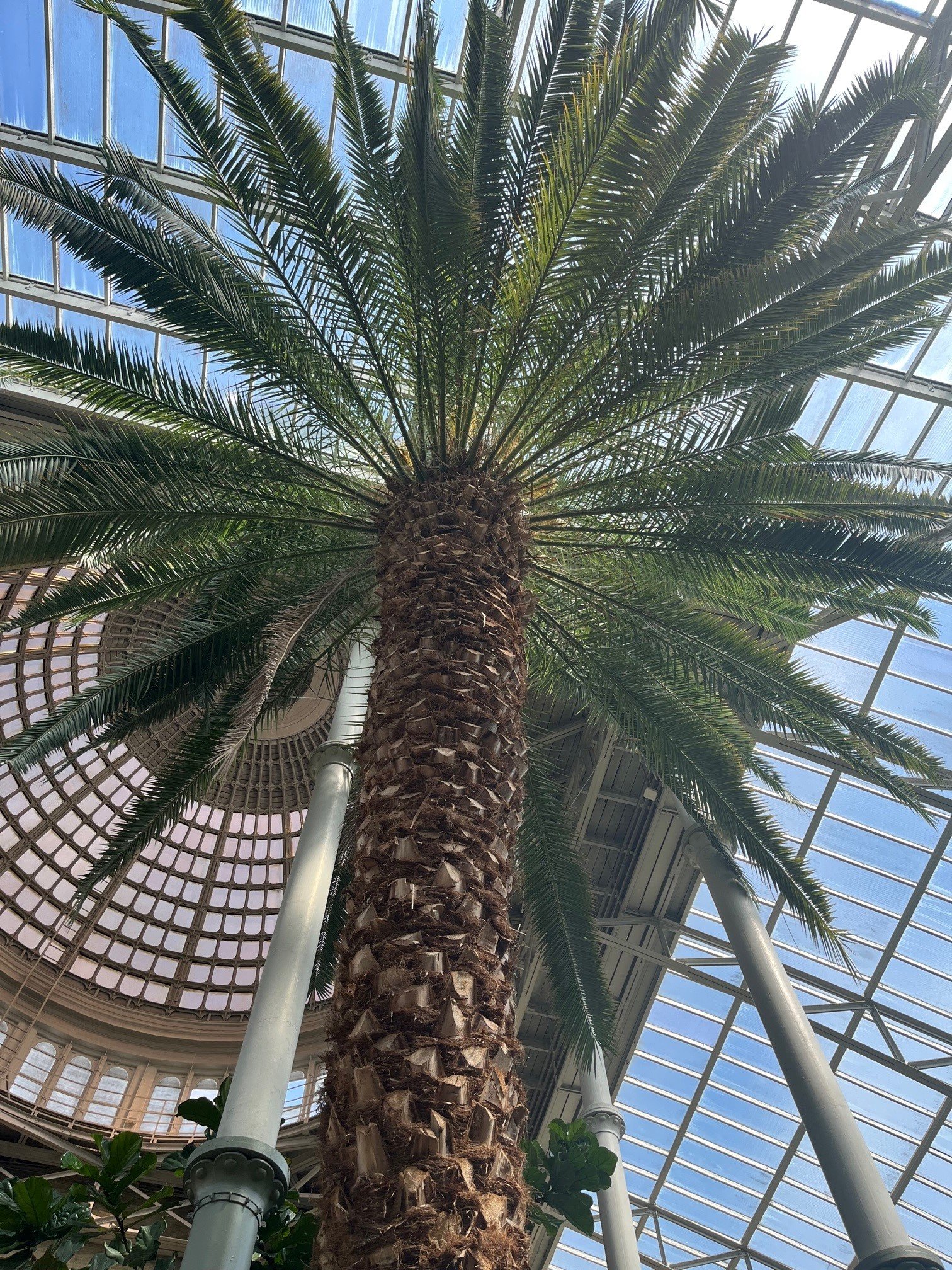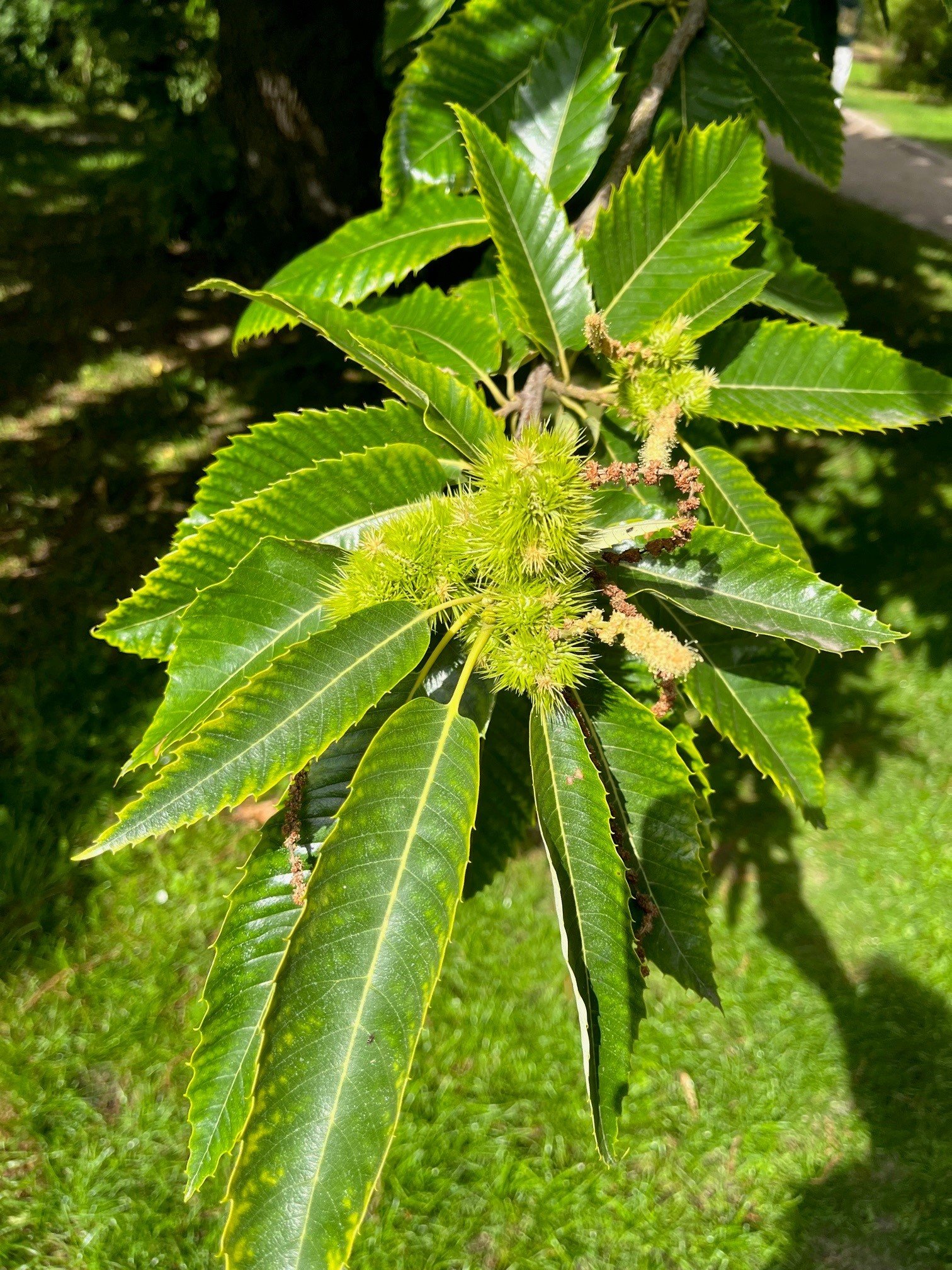Street Tree Species Selection - "Take it or Leave it"?
The Chronicle came out with a story today about a couple in the Richmond District who battled for almost 4 years to plant two trees in front of their home (replacing one tree that had blown over in a storm, and one that had dangerous structural problem). The story follows a pattern that we’ve seen in other areas of City government: residents try to do something with their home, business or property, and run into bureaucratic hassles. There’s a lot to digest in the article, but I’d like to focus on one aspect of the story.
This couple wanted to plant a “little gem magnolia”. Little gems are a dwarf cultivar of the Southern Magnolia (Magnolia grandiflora) that are generally considered appropriate for most locations, because of their relatively small size. However, according to the article, “DPW told the couple that the magnolia wouldn’t work because of its extensive root system”. Instead of giving the couple a list of permitted trees, DPW then suggested just one: Ceanothus (presumably Ceanothus ‘Ray Hartman”, which is the only cultivar of the species that can be grown into a small tree). When the couple rejected that idea and pushed for the magnolia, the City first consented (but required the couple to sign a legal agreement to assume liability for the tree), and then changed its mind, denying the planting permit entirely.
DPW ultimately relented, and allowed the couple to plant a sweet michelia (Magnolia doltsopa) as a compromise, but only after the Chronicle got involved.
Putting bureaucratic hassles aside, what strikes me about this story is how forceful the City is becoming with species selection. Ever since the City assumed responsibility for tree maintenance when the “StreetTreeSF” ballot initiative passed in 2008, DPW has gotten stricter in disallowing certain tree species, especially those that become very large or present above-average risk of failure. In general, that all makes sense (although as regular readers of sftrees.com know, I really think that an exception should be made for red flowering gums).
But this case takes things to an entirely new level. It’s one thing to limit tree selection to a list of trees that generally don’t present problems. It’s another to mandate the species that a homeowner can plant. If the article is accurate, this is a situation where a small tree was suggested, and the response was to reject the proposal and tell the homeowners to plant just one species.
I hope that this is a one-off situation, and that things haven’t gotten to the point where anyone who wants to plant a tree will be told what to plant - given one “take it or leave it” idea. Letting people plant what they want (and giving them a range of choices) has a number of benefits. First, people are more likely to look out for their tree if they got a tree that they love - more likely to water it in the summer heat (and I’ve seen some DPW trees that have died in summer heat waves) and more likely to help if the tree is knocked over by a truck or a winter storm. And second, it makes people happy, and connects them to their home and their neighborhoods.
Let’s be more flexible for residents who want to green our streets!




